There's a significant traffic issue on the horizon, and even and all of us deciding to swap our vehicles from fossil-fuels to electric won't solve it. Switching to EVs is great for transitioning away from a carbon economy and improving air quality in downtown areas, but it will not do anything to alleviate the growing problem of traffic congestion.
Add in the reluctance of the general population to be crammed into public transport during these pandemic-sensitive times as we start to return to real offices, and the daily car commute is set to be as bad as ever.
Factor in city populations doubling by 2050
As urban populations continue to grow at an alarming rate, imagine if the number of vehicles on our roads also doubled by 2050; how on earth will our cities function? There are already 300 million cars in the USA and Canada, and a recent study concluded that 75% of all automobile trips (urban cars) are less than 10 miles. This is the car use every municipality is targeting to reduce through tolls, reduced parking spaces and increased parking rates, etc.
The percentage reduction of cars being targeted over a 10-year period by governments ranges from 30 to 50%; meaning, that in 10 years, there will be 100-150M fewer cars than today’s total if all goes well. However, what then?

If cars go, and we don't like current transit options, how do we remain mobile?
This is exactly the question posed by new start-up SEM-B Mobility. Using a new class of software technology, a new network operating system and next generation information visualizer, the SEM-B Network will run based on fleets of semi-autonomous and safety-enhanced electrically-powered minibuses with riders sitting in separately-ventilated compartments to ensure traveler security. The service operates on a basis of first-to-last mile, door to door, on demand collective mobility network solution, with ride hailing app.
SEM-B buses are to be built on proven platforms and combining existing but cutting-edge technologies, giving autonomous capability (for cities that allow it) and optimized transport times and efficiency in real time. Think of it like clean buses running on your schedule, not theirs. Just like Uber or Lyft, but affordable for daily commutes.
The concept is already receiving much interest from urban planners, municipalities, and government departments across North America, especially given that SEM-B are partenering with non-profit organizations that champion the causes of societies' less able members. Through this service, SEM-B will be providing access to their cutting-edge decentralized and data secure system for the good of communities.
Accessibility and inclusion, built in!
Many cities in North America have been studying how to cope with population growth in urban centres in relation to traffic congestion and pollution. Unfortunately, many of them arrived at conclusions that are incompatible with the less able members of society; those with limited mobility such as the handicapped and the elderly aren't going to be walking far or riding their bikes to shops and services, are they?
To increase the use beyond the able-bodied, and to champion accessibility to affordable sustainable urban transport, SEM-B buses will be equipped with WIFI and 3D environment models centered on wayfinding (spatial navigation) of the built environment for the blind, visually impaired, elderly, or handicapped, providing improved ability to navigate interior or exterior spaces.
Upon arrival at a pre-mapped location, riders will be able to seamlessly navigate all paths and waypoints with nothing more than a wi-fi or data connected smartphone. Spatially-contextual information about areas is provided to aid in safety, while increasing range, mobility and independence.

What impact to sustainable urban centers?
Imagine if our urban centers were planned in the future around parks rather than roads? Or around community accessibility linked to affordability? With a SEM-B Network operating in any given local community, the hope is that more and more people will no longer feel a need to own a personal vehicle altogether.
If taking your car somewhere is slower, more expensive and less convenient than hailing a ride on a SEM-B, then we figure having a local network of these new electric minibuses will catch on pretty quickly - especially given their affordability and flexibility.
One thing in particular we really love, is the idea that a parent could book a SEM-B to take a child to school and bring them safely home, knowing that their travel is secure and compartment doors are operated by their mobile phone. That ensures that a child's ride is fully traceable and connected during the journey, in a data-private manner. Pretty cool, huh? We know a fair few pre-teens that would love this level of independence while feeling safe and travelling with siblings or friends on a sustainable transport network.
How can we help get this running?
SEM-B Mobility is asking the public to suggest urban centers that would benefit from a SEM-B pilot service. To gauge public interest in the BEE-Mobile service, SEM-B is leveraging social media to launch the "Get on Board" campaign (see here for more details*), giving people a chance to win free Bee-Mobile transit for a year. This will also help them to lobby local government in each area to speed implementation of HOV lane access or driver licensing - and should help get SEM-B launched sooner in urban centers all over North America.
For more information about SEM-B, the team and the technology behind it - take a look at the SEM-B website here.
Now you know more about the new SEM-B Mobility launch, learn more about EV's, E-Bikes, energy efficiency and how to reduce the carbon footprint of transport choices on the following pages and in the Ecohome Green Building Guide.
Find more about green home construction and reap the benefits of a free Ecohome Network Membership here. |




























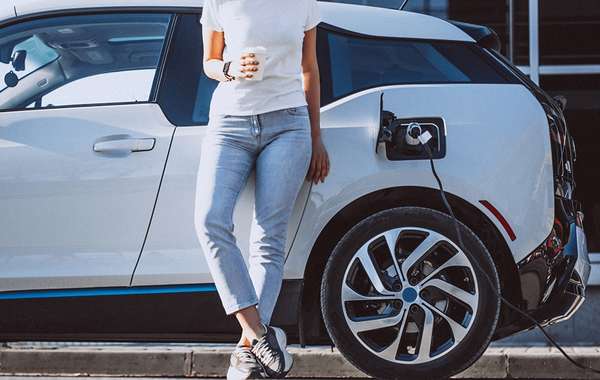
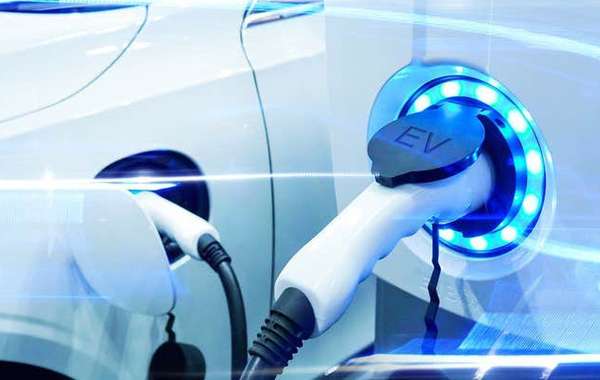


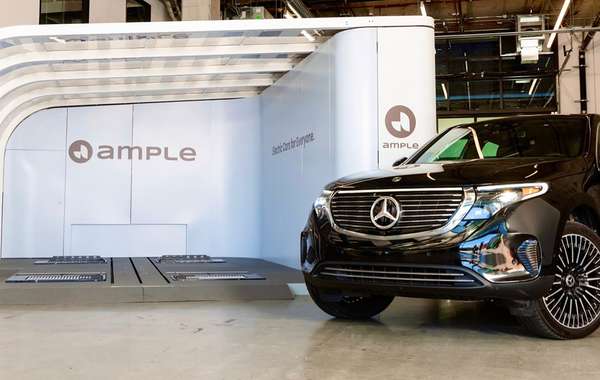
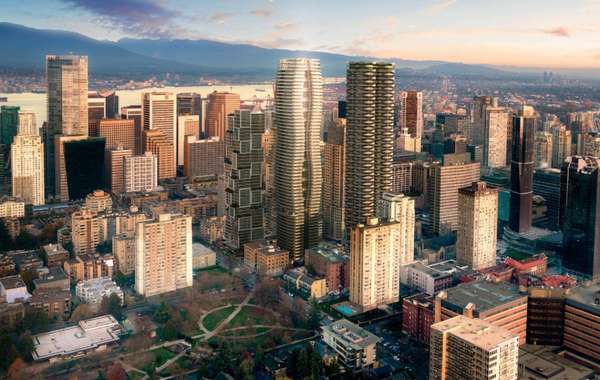


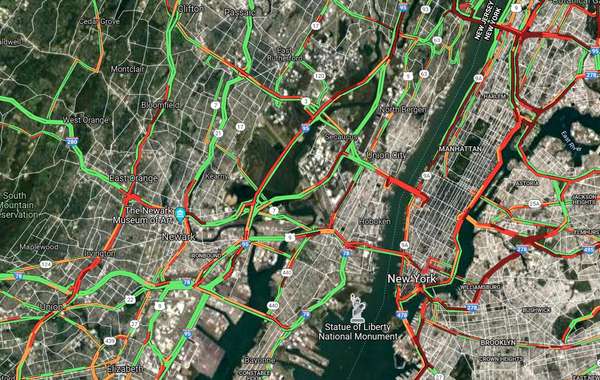
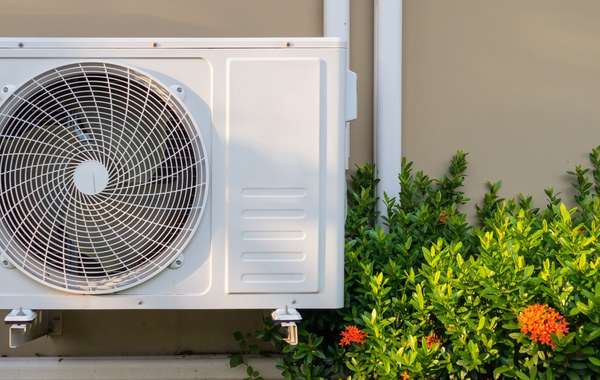

Comments (0)
Sign Up to Comment